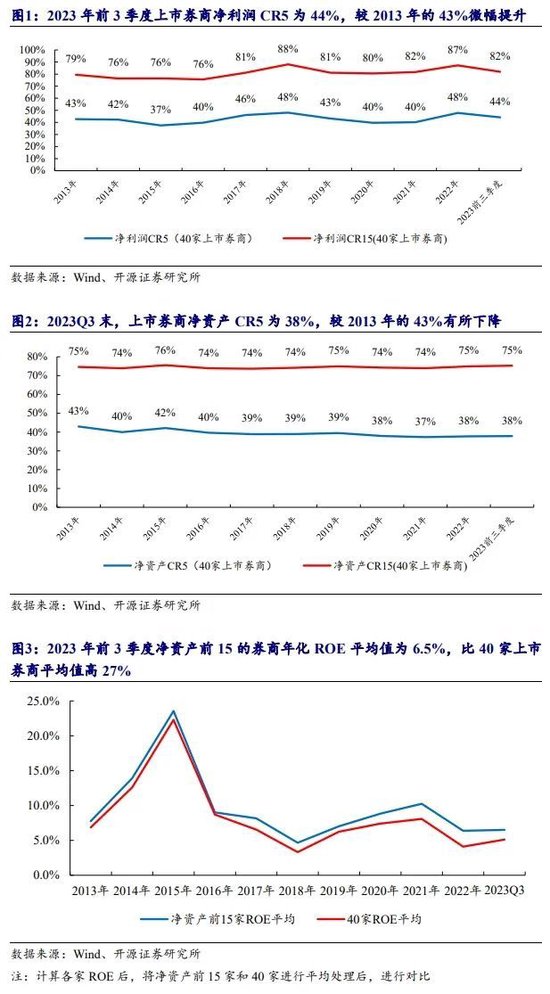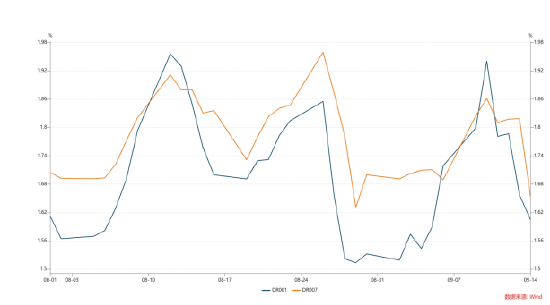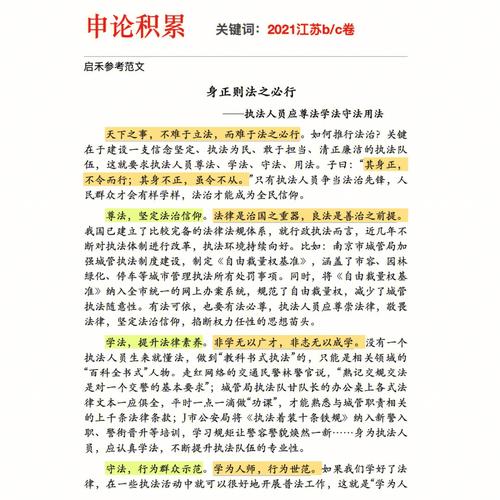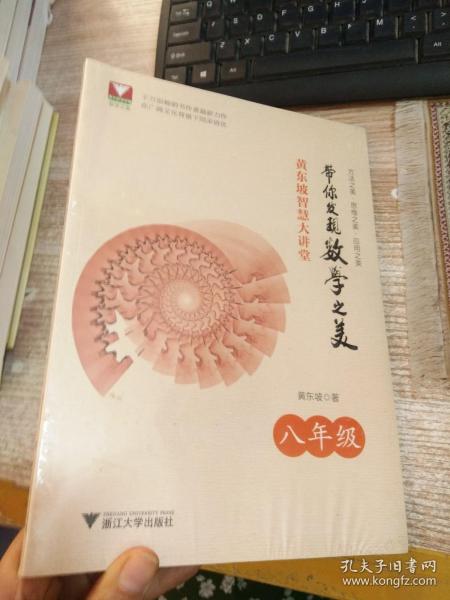Understanding Trademark Law Terminology
In the realm of intellectual property, trademark law plays a pivotal role in safeguarding the distinctiveness and integrity of brands. Familiarizing oneself with the legal terminology associated with trademark law is essential for comprehending its nuances and implications. Below is a comprehensive glossary of key terms in trademark law, elucidating their meanings and significance:
1.
Trademark
: A trademark refers to any word, phrase, symbol, design, or combination thereof that identifies and distinguishes the source of goods or services from those of others. It serves as a badge of origin, indicating the association between the mark and its proprietor.2.
Service Mark
: Similar to a trademark, a service mark distinguishes services rather than goods. It performs the same function as a trademark but applies specifically to services.3.
Trade Dress
: Trade dress encompasses the overall appearance and image of a product or service, including its packaging, design, and presentation. It serves to identify and differentiate the product or service in the marketplace.4.
Infringement
: Trademark infringement occurs when a party uses a mark that is identical or confusingly similar to another party's registered trademark, leading to a likelihood of consumer confusion regarding the source of goods or services.5.
Likelihood of Confusion
: This is a key criterion in determining trademark infringement. It refers to the probability that consumers will be confused or deceived by the similarity between two marks, leading them to believe that the goods or services come from the same source.6.
Distinctiveness
: Trademarks can be categorized based on their distinctiveness, ranging from generic (not distinctive) to fanciful (highly distinctive). The spectrum includes descriptive, suggestive, and arbitrary marks, with the latter being inherently distinctive and afforded the strongest protection.7.
Priority
: Priority establishes the rights of a trademark owner based on the date of first use of the mark in commerce. In jurisdictions following the "firsttouse" system, priority is crucial in resolving disputes over conflicting trademarks.8.
Registration
: Trademark registration involves the process of officially recording a mark with the relevant intellectual property office. Registration provides several benefits, including nationwide protection, a legal presumption of ownership, and the ability to bring an action for infringement in federal court.9.
Cease and Desist
: A cease and desist letter is a written communication sent by a trademark owner to an alleged infringer, demanding that they stop using the infringing mark and refrain from any further unauthorized activities. It serves as a preliminary step before initiating legal action.10.
Licensing
: Trademark licensing grants permission to another party to use the trademark in accordance with specified terms and conditions. Licensing agreements outline the scope of usage, quality standards, royalties, and other pertinent provisions governing the use of the mark.11.
Assignment
: Trademark assignment involves the transfer of ownership rights from one party (assignor) to another (assignee). It entails the conveyance of all associated rights and interests in the mark, typically through a written agreement.
12.
Renewal
: Trademark registrations have finite terms of validity, after which they must be renewed to maintain protection. Renewal involves submitting an application and paying the requisite renewal fees to extend the registration term.13.
Genericide
: Genericide occurs when a trademark becomes so commonly used to describe a type of product or service that it loses its distinctiveness and legal protection. Examples include former trademarks like "aspirin" and "escalator."14.
Counterfeit
: Counterfeit goods are unauthorized replicas or imitations of trademarked products, typically of inferior quality and manufactured with the intent to deceive consumers. Counterfeiting poses significant economic and reputational risks to trademark owners.15.
Parallel Importation
: Also known as gray market goods, parallel importation refers to the importation and sale of genuine trademarked products without the authorization of the trademark owner. While not inherently illegal, it can raise concerns regarding quality control and distribution channels.Mastering the terminology of trademark law is instrumental in navigating the complexities of brand protection, enforcement, and commercialization. Whether you're a business owner, legal practitioner, or consumer, understanding these concepts empowers you to make informed decisions and safeguard the integrity of intellectual property rights.











